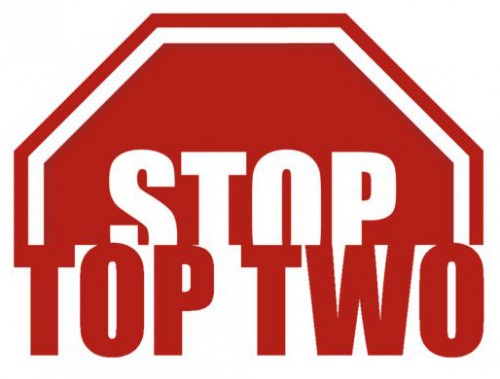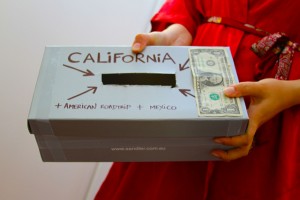
State of Washington top-two primaries hurt vulnerable minorities and independent women candidates
Democracy, elections and voting at Democracy Chronicles
Ballot Access News, written by election expert Richard Winger, had a recent post related to Washington state’s declining minority representation in government despite a growing minority population. Partly to blame, according to some, is the top-two system of elections that has been part of the national discussion on such election systems. Richard Winger of Ballot Access News writes:
Seattle Times article says the Washington state legislature is one of only a few state legislatures in which the number of women and racial minorities declined in the 2012 election. The article quotes an official of the state League of Women Voters as saying one reason for the decline is that women are less likely to run for office when campaigns are so personally unpleasant and when so much campaign rhetoric is hostile.” Washington state started using the top-two system starting in 2008. Some supporters of top-two argue that top-two systems bring about more moderation and less polarization, but political scientists who have studied the Washington state legislature dispute those generalizations.
The Ballot Access News article also linked to an article in the Seattle Times about the issue. According to the Seattle Times, the drop in women and minority membership in Washington’s legislature will apparently lead to the fewest women since 1990, the most white males since 1992, and possibly only one Latino out of 147 members despite a rising Latino population. According to the article, “Even as women and minorities nationwide appear to be gaining power, the Legislature that will gather in Olympia early next year will be the least diverse group of Washington state lawmakers in a generation, due primarily to declining female representation.”

Also, apparently the decline in women and minorities extends deep into the Republican members of the Washington legislature. “The dearth of diversity is particularly apparent in the Republican Party, whose legislative ranks next year will include either 16 or 17 women (depending on that undecided House race) and no minorities,” according to the article. Top-two systems of elections, also known as a nonpartisan blanket primary, have become a controversial subject across the country. Democracy Chronicles contributor Richard Fobes has criticized a similar system in his article, “Against Arizona’s Proposition 121, a Flawed “Top-Two” Primary“.
The very fact that such fundamental dials in our democracy are being played with should be enough to draw interest from the American public. Wikipedia has some basic information about top-two primaries. Take a look:
A nonpartisan blanket primary (also known as a qualifying primary, top-two primary, Louisiana primary, Cajun primary or jungle primary) is a primary election in which all candidates for elected office run in the same primary regardless of political party. Under this system, the top two candidates who receive the most votes advance to the next round, as in a runoff election. However, there is no separate nomination process for candidates before the first round, and parties cannot thin the field using their own internal processes (such as a convention). Similarly, it is entirely possible that two candidates of the same party could advance to the second round.
Also check out these other Democracy Chronicles articles on top-two primary systems, Changes to California’s Elections Have Big Impact and Attempt at Unusual Election Reform Loses Steam from the last few months.
Leave a Reply